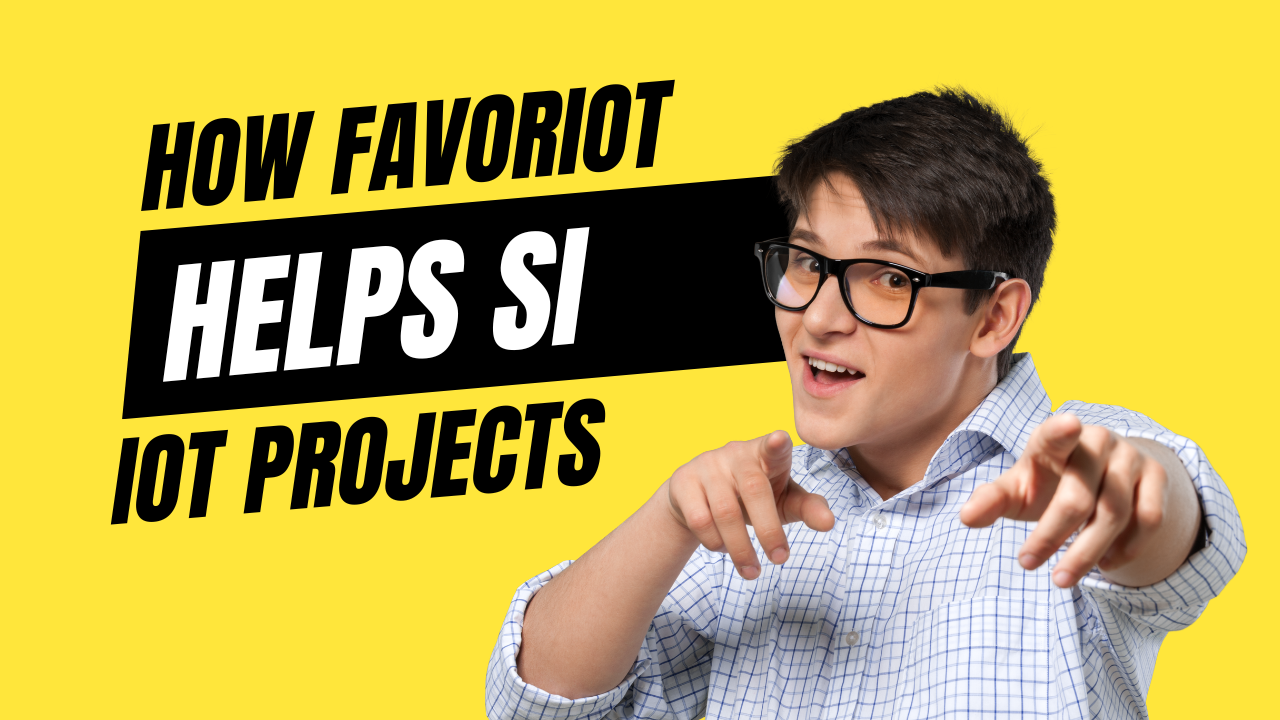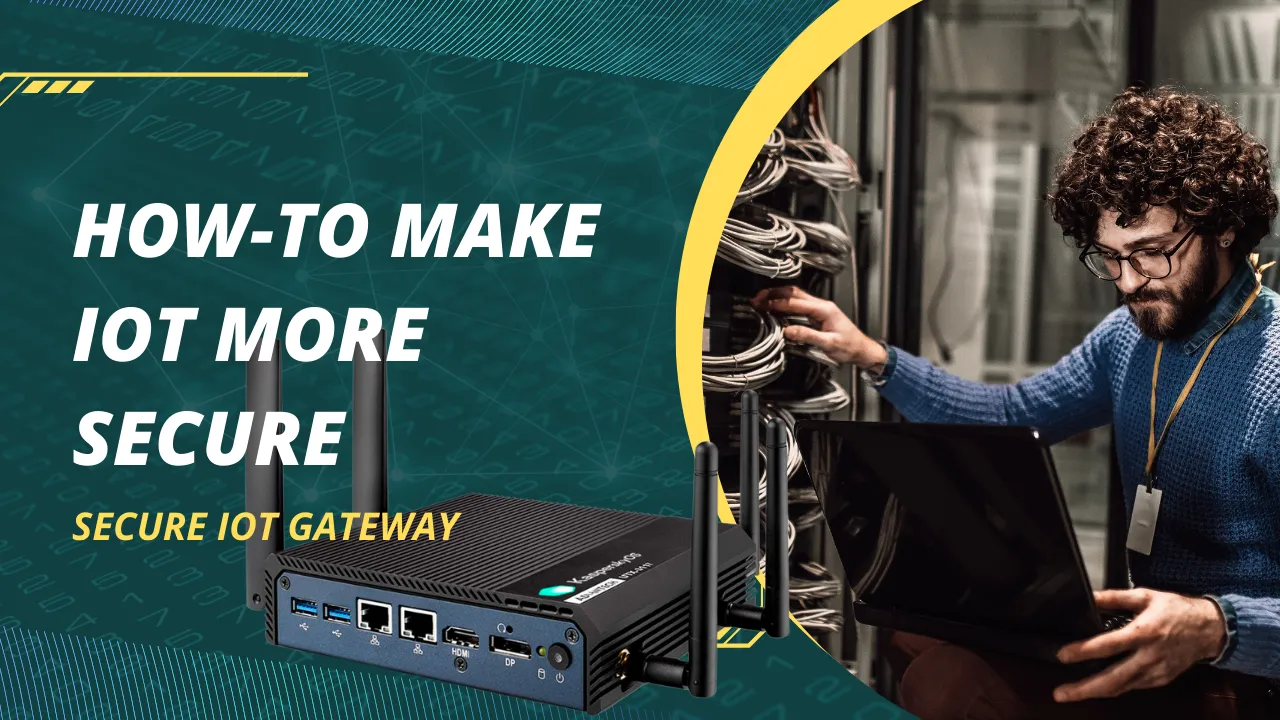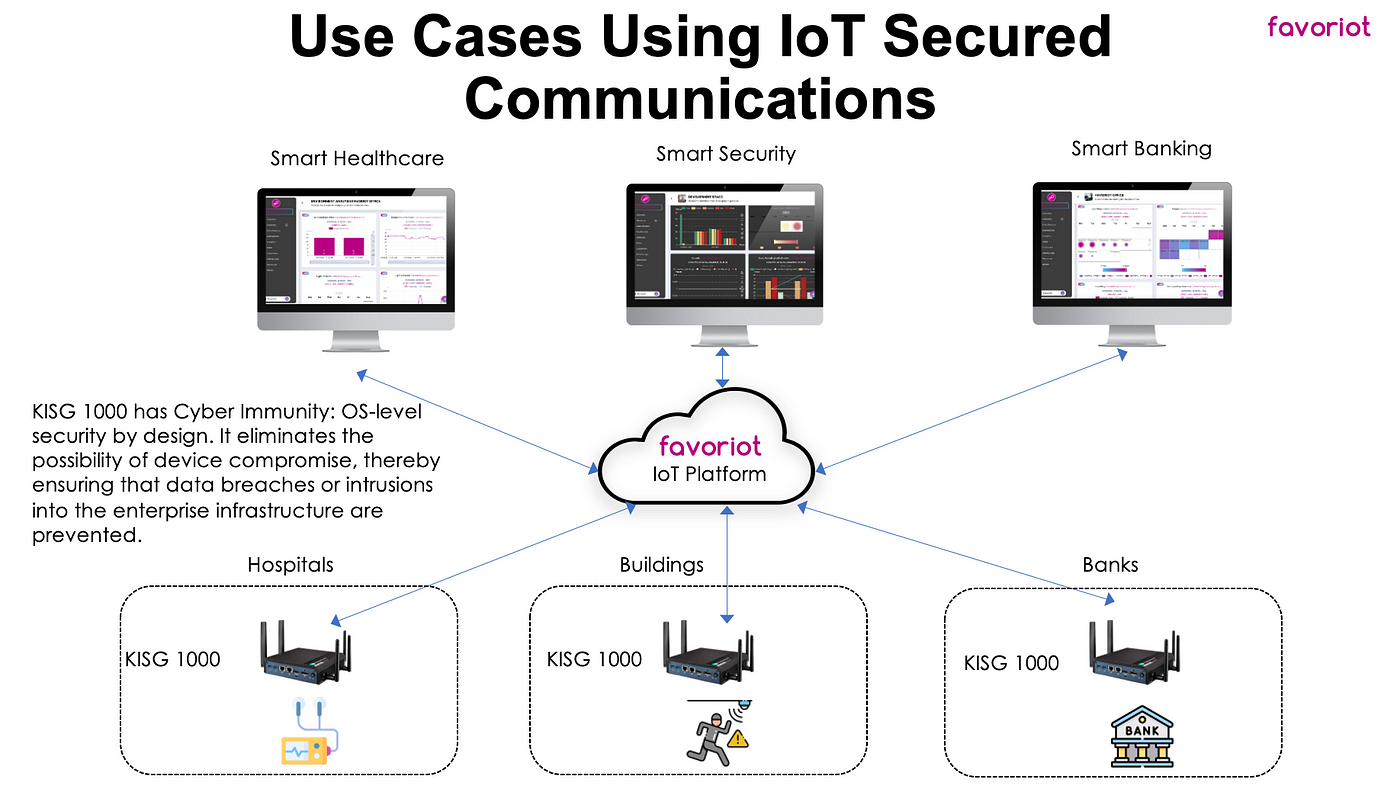
Kaspersky and Favoriot to boost Internet of Things (IoT) protection with a Cyber Immune solution
February 23rd, 2024 Posted by favoriotadmin BLOG, Internet of Things, IOT PLATFORM, Kaspersky, NEWS, PARTNER 0 thoughts on “Kaspersky and Favoriot to boost Internet of Things (IoT) protection with a Cyber Immune solution”To make smart devices around the world more protected, Kaspersky, at its Cyber Security Weekend – META event, announced plans for signing a strategic partnership agreement with Favoriot, a regional innovator in IoT platforms.
February 22, 2024
Internet of Things (IoT) devices include wearables, smart home appliances, smart city systems, self-driving cars, automated retail checkouts, and other smart devices for home and business use. Cybercriminals infect smart devices to conduct attacks or as a proxy for other types of malicious actions. In 2023 IoT devices in the Middle East, Turkiye and Africa region were responsible for over 8 million outgoing attacks that were spotted on Kaspersky honeypots. To make smart devices around the world more protected, Kaspersky at its Cyber Security Weekend – META event announced plans for signing a strategic partnership agreement with Favoriot, a regional innovator in IoT platforms.
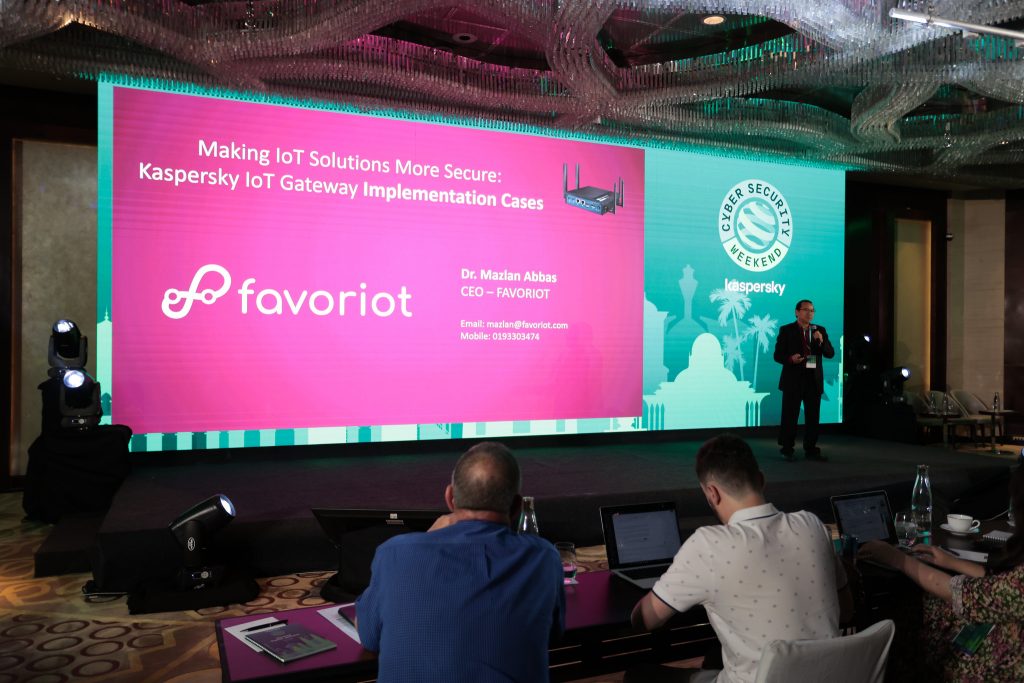
IoT devices are connected with business applications and cloud platforms through business applications. Kaspersky IoT Secure Gateway 1000 (KISG 1000) ensures the security of these interactions due to the Cyber Immune operating system – KasperskyOS – at its core. With KISG 1000, the entire IoT system of an organization is protected at the gateway level due to Kaspersky’s secure-by-design approach and built-in protection capabilities.
“Given the diversity of IoT devices and the related cybersecurity risks, the need for their protection is clear. Traditional measures may not be sufficient for IoT protection, hence specialized security solutions should be implemented,” comments Dr. Mazlan Abbas, CEO of Favoriot. “Favoriot is an innovator in IoT integration, and today at the Cyber Security Weekend in Kuala Lumpur, Malaysia, we are proud to announce a strategic partnership that is planned to be signed between Favoriot and Kaspersky later in the year. This partnership will see our companies focus on jointly developing the Favoriot IoT platform and Kaspersky’s Cyber Immune IoT Gateway to provide for a safer tomorrow.”
Victor Ivanovsky, KasperskyOS Business Development Lead, added: “Kaspersky Cyber Immunity helps organizations operating across multiple industries, such as smart city systems, manufacturing, energy production or others, to get a secure IoT system and visibility across all connected devices. Customers can fully protect their IoT suite, from the gateway to the cloud, and manage it through one centralized administration console. We are happy that together with Favoriot we will be able to bring next-gen cyber protection to more organizations – in the SEA, META regions, and worldwide.”
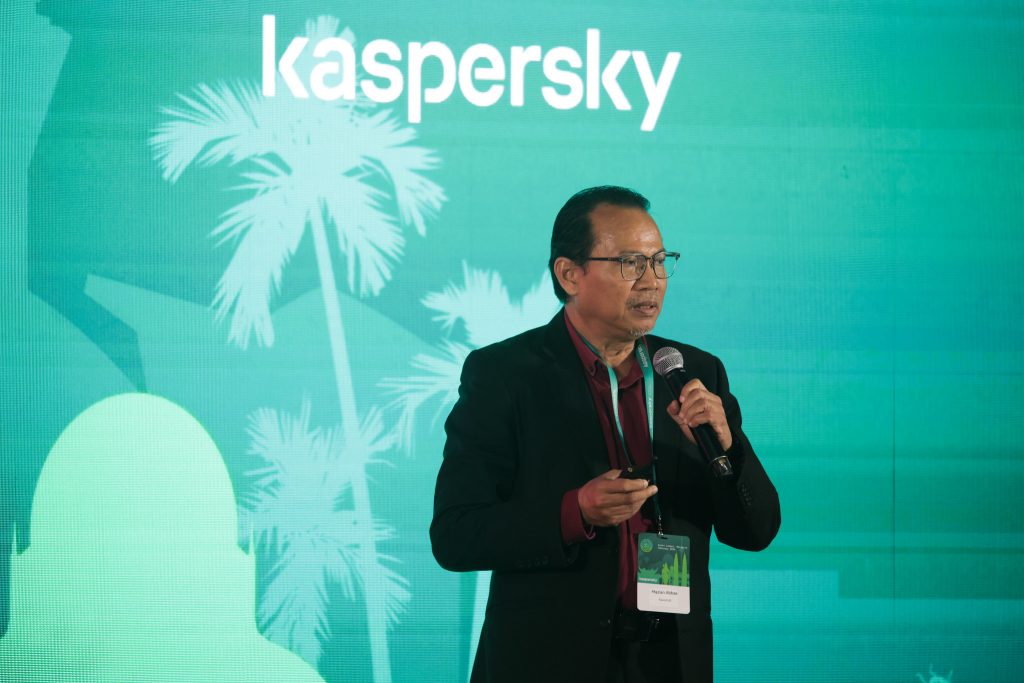
To keep an organization’s IoT suite safe, Kaspersky recommends:
- Change the factory passwords at initial setup, use complex passwords at least 8 characters long, including upper and lower-case letters, numerals, and special characters.
- Use a strict access policy, network segmentation and a zero-trust model. This will help to minimize the spread of an attack and protect the most sensitive parts of the infrastructure.
- Check the IoT Security Maturity Model – an approach that helps companies evaluate all steps and levels they need to pass to achieve a sufficient level of IoT protection.
- Use a dedicated IoT gateway that ensures the inbuilt security and reliability of data transferring, like KISG 1000.
- Use Kaspersky Threat Intelligence as reference to block network connections originating from malicious network addresses detected by security researchers.
About Kaspersky
Kaspersky is a global cybersecurity and digital privacy company founded in 1997. Kaspersky’s deep threat intelligence and security expertise is constantly transforming into innovative solutions and services to protect businesses, critical infrastructure, governments and consumers around the globe. The company’s comprehensive security portfolio includes leading endpoint protection, specialized security products and services, as well as Cyber Immune solutions to fight sophisticated and evolving digital threats. Over 400 million users are protected by Kaspersky technologies and we help over 220,000 corporate clients protect what matters most to them. Learn more at www.kaspersky.com.
About KasperskyOS
KasperskyOS is an operating system developed from scratch by Kaspersky. Using Kaspersky’s unique methodology, it is possible to provide KasperskyOS-based solutions with Cyber Immunity – innate protection against cyberattacks, both existing and as yet unknown. Such solutions can perform their functions even in aggressive environments, ensuring the achievement of security goals in all use cases envisaged at the development stage. KasperskyOS finds application where there are increased requirements for cybersecurity, reliability and predictability, for example, in the internet of things and smart cities.
About Favoriot
Favoriot offers an IoT platform designed to facilitate the seamless integration and management of IoT devices, enabling users to collect, analyze, and leverage data in real-time to improve efficiency, enhance decision-making processes, and create innovative services. Favoriot aims to empower organizations and communities by providing them with the tools and insights needed to harness the full potential of IoT technology, ultimately contributing to smarter, more connected environments.

